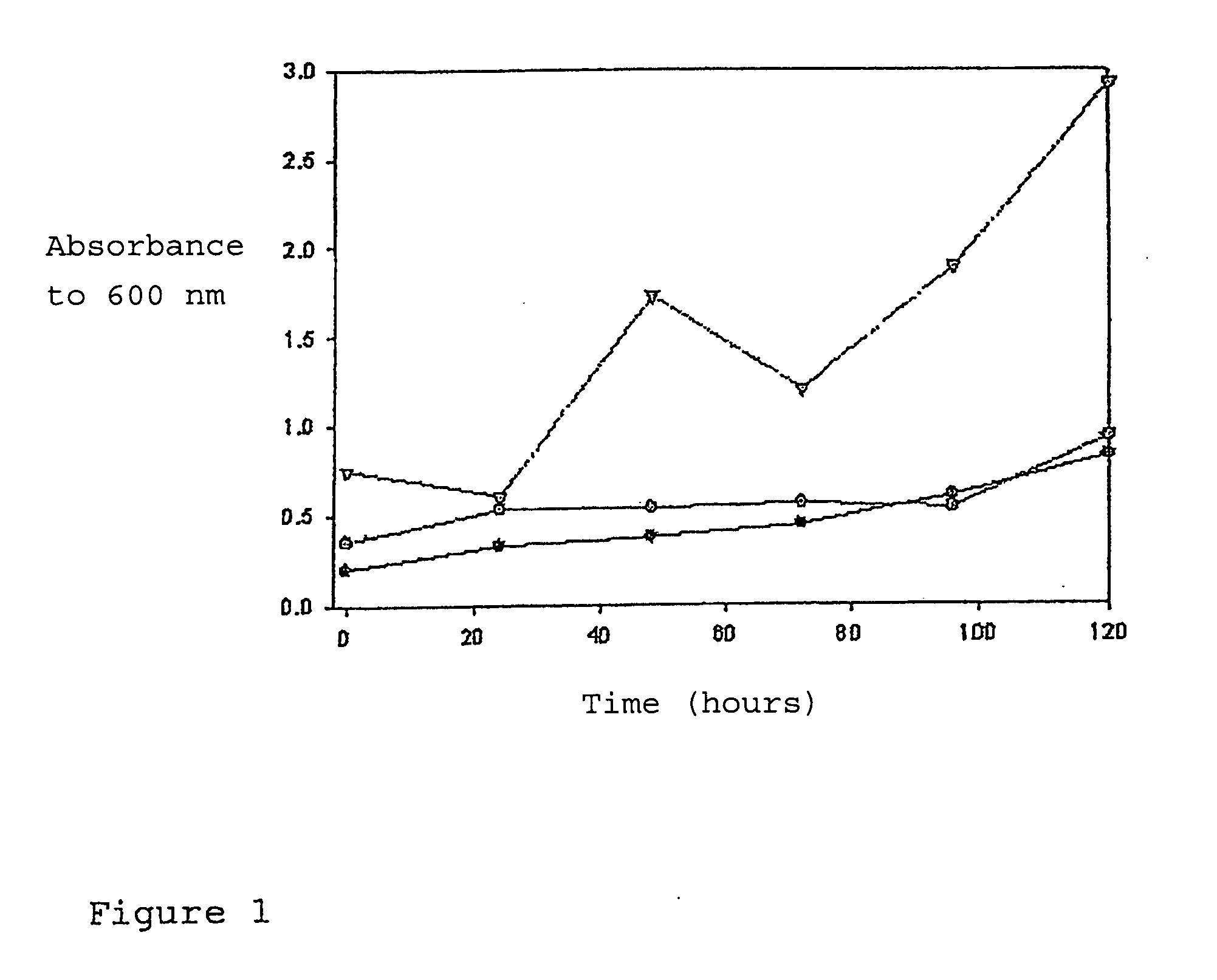Indwelling catheter probe incorporating proanthocyanidines
a technology of proanthocyanidine and probe, which is applied in the field of probes and catheters, can solve the problems of increased risk of infection, increased direct and indirect treatment costs of nutis, and increased risk of silver resistance, and achieves the effects of reducing the nosocomial infection rate, reducing the bacterial biofilm, and simple operation
- Summary
- Abstract
- Description
- Claims
- Application Information
AI Technical Summary
Benefits of technology
Problems solved by technology
Method used
Image
Examples
example 1
[0052]The objective here is to confirm that the presence of the V. macrocarpon extract on the probe's surface effectively inhibits or prevents the formation of a bacterial biofilm.
[0053]The polypropylene probes are disinfected using 70% ethanol and are exposed to ultraviolet rays for 30 minutes so as to eliminate any microorganisms that may be present on the probe.
[0054]The probes are put into contact with a V. macrocarpon extract-based solution as described previously that contains approximately 18% of PACs and whose concentration is of 0.12 mg / ml. The probes are left in contact with the solution and are incubated at 37° C. for 24 hours thereby enabling the V. macrocarpon extract, and more specifically the PACs contained it in, to be adsorbed (or absorbed) on the external and internal surface of the probes. After incubation, the excess V. macrocarpon extract is removed and the probes are dried. The controls are constituted here by disinfected probes that are not treated with the V....
example 2
[0061]The objective here is to determine if the V. macrocarpon extract has been effectively adsorbed (or absorbed) by the probe or if this extract can be easily eliminated after treatment. The probes are treated as explained in Example 1. However, after incubation in the V. macrocarpon extract-based solution, the probes are washed using ultrapure water and then dried.
[0062]3 ml of bacterial solution containing E. coli B37 is deposited on the probes and left to incubate for 0, 24, 48, 72, 96 and 120 hours. After incubation, the probes are colored and treated as indicated in Example 1, then the absorbance is measured at 600 nm.
[0063]FIG. 1 also shows the absorbance measured at 600 nm over time for this treatment. The symbols express the following conditions:[0064]-- With treatment followed by washing
[0065]As explained previously, in the case of untreated probes, the absorbance values increase over time to reach the value of 3 after 120 hours. For the probes which are treated and then...
example 3
[0066]An extract of V. macrocarpon is used with 20% PACs and the probe is treated in the same manner. The same absorbance measurements are made and no value exceeds 1. The formation of a biofilm is thus inhibited.
PUM
 Login to View More
Login to View More Abstract
Description
Claims
Application Information
 Login to View More
Login to View More - R&D
- Intellectual Property
- Life Sciences
- Materials
- Tech Scout
- Unparalleled Data Quality
- Higher Quality Content
- 60% Fewer Hallucinations
Browse by: Latest US Patents, China's latest patents, Technical Efficacy Thesaurus, Application Domain, Technology Topic, Popular Technical Reports.
© 2025 PatSnap. All rights reserved.Legal|Privacy policy|Modern Slavery Act Transparency Statement|Sitemap|About US| Contact US: help@patsnap.com

